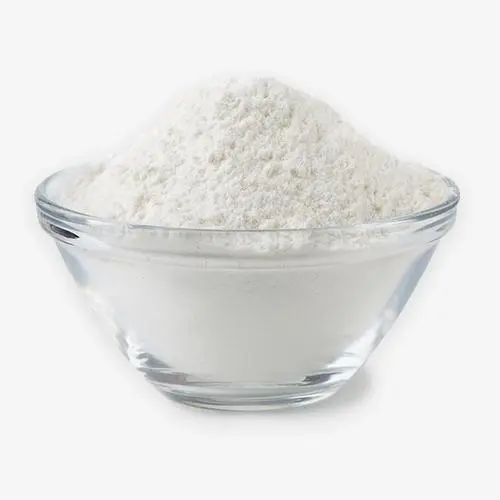From a microscopic perspective, the interaction between defoamer molecules and foam is discussed to achieve defoaming effect.

The defoaming process is actually a dance of molecules. Defoamer molecules compete and repel each other with the active agent molecules on the foam surface, and finally break the stable structure of foam. This process is full of dynamics and changes, vividly reflecting the interweaving of chemical and physical phenomena.
At the microscopic level, defoamer molecules have specific structures and properties, such as hydrophilic and hydrophobic groups. These groups enable defoamer molecules to quickly adsorb on the surface of foam, and destroy the stability of foam by reducing the surface tension and increasing the discharge rate of foam. At the same time, defoamer molecules can interact with gas molecules in foam to further accelerate the rupture of foam.
In the detergent industry, defoamers are often added to avoid too much foam generated in the washing process affecting the washing effect and equipment operation. These defoamer molecules can rapidly penetrate into the foam and compete with detergent molecules to adsorb on the gas-liquid interface. The defoamer effect can be achieved by reducing the surface tension and increasing the liquid discharge rate of foam.

 English
English
 Chinese
Chinese Vietnamese
Vietnamese
 HOME
HOME
 PRODUCT
PRODUCT
 NEWS
NEWS
 CONTACT
CONTACT


